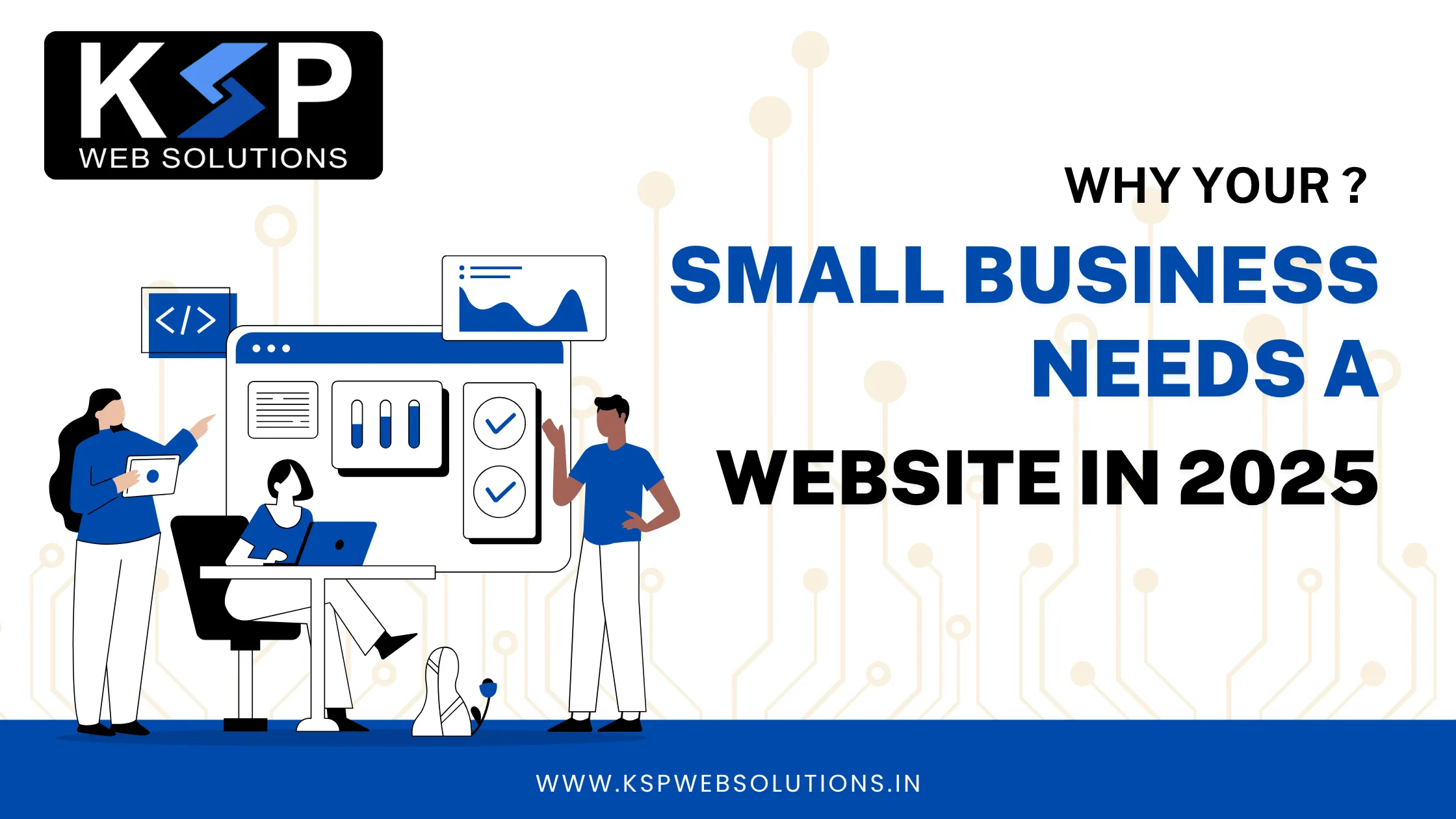Launching your first WordPress beginners website can feel intimidating, but WordPress makes the process easier than ever before for beginners. Whether you’re a blogger, business owner, or running a small business, WordPress offers the flexibility and functionality to create a beautiful and professional website. In this guide, we’ll walk you through the essential steps to get your first WordPress site up and running with ease.
With WordPress, you don’t need to be a technical expert to build a great site. It offers thousands of themes and plugins, allowing you to customize every aspect of your site without writing a single line of code. Plus, WordPress is SEO-friendly, helping your website rank higher on search engines like Google.
Whether you want a personal blog, an online business, or a professional portfolio, WordPress gives you the freedom to design and expand your website as your needs grow. By the end of this guide, you’ll have everything you need to confidently launch your WordPress website and start building your online presence.
What is WordPress?
WordPress is the fastest-growing Content Management System (CMS) that serves more than 40% of websites on the internet. WordPress is open source, easy to use, and has a great variety of plugins and themes through which you can customize your site as per your needs. Both beginners and pros can use WordPress to create and manage a site easily.
Why Choose WordPress
WordPress is largely selected because of its ease of use and flexibility. WordPress gives you complete control over your website’s look, content, and functionality unlike other website builders. You have the option of using thousands of themes and plugins so that your site is different and suited to your requirements. WordPress is also SEO-friendly, and this helps you attract visitors and expand your online presence.
Step 1: Selecting a Domain Name and Hosting
Your hosting and domain name are the pillars of your website. Without them, your website will not be visible to the public.
Choosing the Ideal Domain Name
A domain name is your site’s individual address (e.g., www.kspwebsolutions.in). The domain name should be chosen carefully since it is your brand and will help visitors easily recall your site. Use a short, easy-to-spell, and related-to-your-business-or-niche domain name. Don’t opt for lengthy or special characters or numbers that could be difficult to use for users.
Choosing the Right Hosting Provider
Web hosting is where your website’s files are stored. A good hosting provider ensures speed, security, and reliability. When selecting a hosting provider, consider factors such as uptime reliability, customer support, and ease of WordPress integration. The right hosting service can significantly impact your website’s performance and user experience.
Step 2: Installing WordPress
Once you have hosting and a domain, the next thing is to install WordPress. The majority of hosting companies have an easy, one-click installation process.
How to Install WordPress
WordPress installation is easy. Go into your hosting account, go to the control panel, and find the WordPress installer. Simply follow the instructions on the screen to finish the setup. Once installed, you can access your WordPress dashboard, where you will control your website’s content and settings.
Step 3: Selecting the Proper WordPress Theme
Your theme will determine the appearance and feel of your site. WordPress has free themes as well as premium themes available that can be tailored to your brand.
How to Install a Theme
A good theme adds beauty and functionality to your site. To install a theme, visit the WordPress dashboard, Appearance > Themes, and check the options available. Select a theme that suits your idea, install it, and activate it to make changes on your site.
Step 4: Installing Essential Plugins
Plugins are extra utilities that add more functionality to your site. From SEO utilities, security tools, to design additions, plugins are what you need.
Must-Have WordPress Plugins
Adding the correct plugins can boost your site’s performance and security. Some of the must-have plugins are:
- Yoast SEO – Assist in search engine optimization.
- Elementor – Offers a drag-and-drop builder for easy modification.
- Jetpack – Enhances security and site speed.
- WooCommerce – Necessary to create an online shop.
Step 5: WordPress Settings Setup
You must set up critical settings before your site goes live in order to ensure its optimum performance and exposure.
General Settings
Getting it right from the start can be a time-saving option. Set your Site Title and Tagline from the Settings menu. Check that your target market’s preferred time zone and date format are selected to accommodate them.
Permalink Settings
For beginners WordPress provides you with the option to reformat your URL structure to become more user-friendly and SEO-friendly. Go to Settings > Permalinks and choose the “Post name” setting for more readable and clean URLs.
Reading Settings
Your homepage may show recent blog posts or a static page. Visit Settings > Reading to set how your homepage is shown to users.
Step 6: Creating Your First Page and Blog Post
Once your WordPress For beginners installation is ready, it’s time to publish some content!
Adding a Page
Pages help in organizing your website. The most common pages are About Us, Contact, and Services. Adding a page involves going to Pages > Add New, inputting the title and content, and clicking on Publish.
Writing a Blog Post
If you’re going to have a blog, WordPress simplifies publishing content. Visit Posts > Add New, compose your content, and add appropriate images. Utilize categories and tags to categorize your blog posts to improve navigation and user experience.
Read Also: Top 10 WordPress Themes for Blogging !
Conclusion
Setting up your first WordPress beginners website doesn’t have to be complicated. By following these steps, you’ll have a fully functional and professional website in no time. Whether you’re starting a blog, business site, or online store, WordPress offers endless possibilities. Take your time, explore its features, and keep learning to enhance your website further!
FAQs
Yes, WordPress itself is free, but you need to pay for hosting and a domain name.
Absolutely! WordPress is beginner-friendly and requires no coding skills.
It depends on complexity, but a basic site can be set up within a few hours.
WordPress allows automatic updates, but you should regularly check for theme and plugin updates.
Yes, you can monetize your website through ads, affiliate marketing, eCommerce, and sponsored content.







